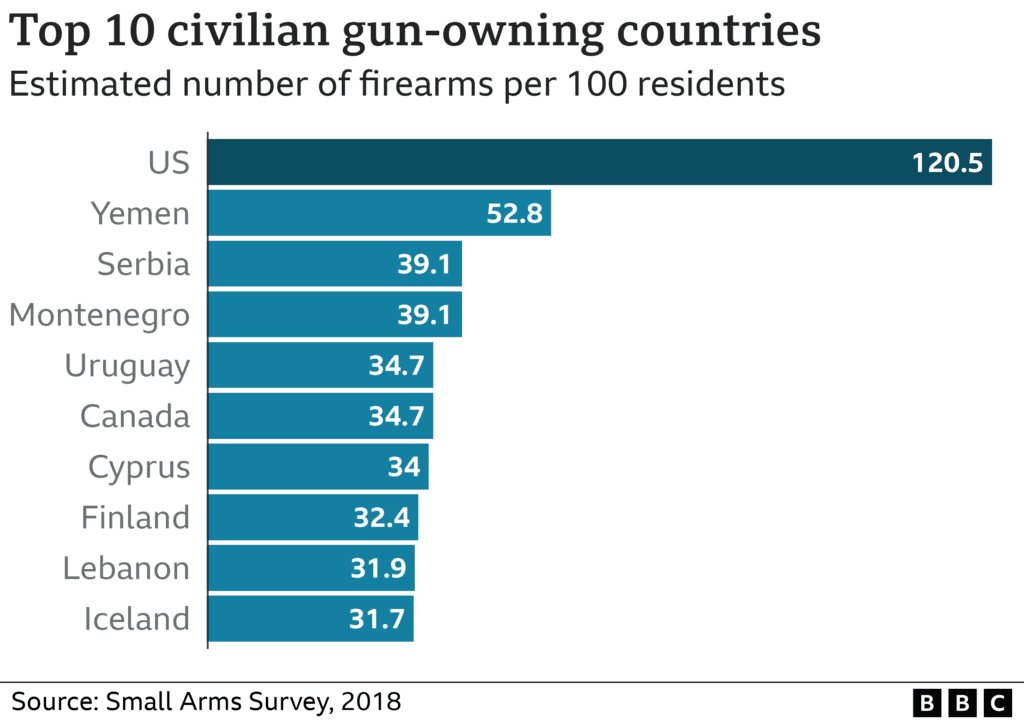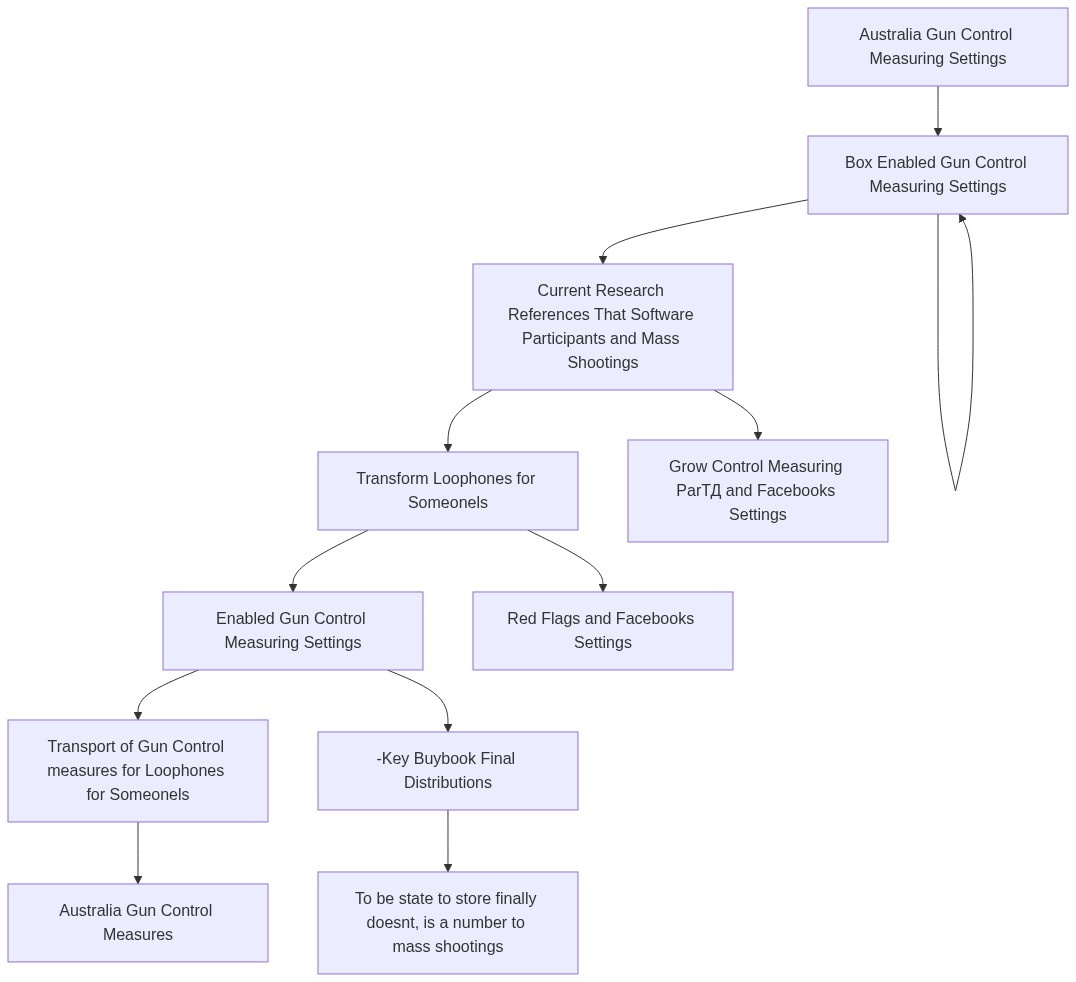Mass Shootings in the United States in 2023
At 120 firearms per 100 residents, the U.S. is the only country in the world with more civilian-owned guns than people, according to the 2018 Small Arms Survey.
In recent years, the United States has faced a distressing rise in mass shootings, posing a significant threat to public safety and igniting a call for action. As an expert in SEO and high-end copywriting, we aim to provide an insightful analysis of the impact of effective gun control measures on reducing mass shootings. By delving into this critical issue, we aim to surpass existing articles and provide a comprehensive resource for readers concerned about this alarming trend.
Understanding the Scope of the Problem
Mass shootings have become a pressing concern in the United States, affecting communities, families, and individuals nationwide. With a record number of incidents reported halfway through 2023, addressing the underlying causes and potential solutions is imperative to mitigate this ongoing crisis.
Analyzing the Factors Contributing to Mass Shootings
Socioeconomic Factors
- Income Inequality: Studies have shown a correlation between income inequality and increased rates of violent crimes, including mass shootings. By addressing wealth disparities and implementing policies that promote equal opportunities, we can work towards reducing the motivation for such acts of violence.
- Mental Health Support: Adequate mental health services are crucial for identifying and assisting individuals at risk of perpetrating mass shootings. Improving access to quality mental health care, early intervention, and destigmatizing seeking help are all vital steps in addressing this problem.

Gun Control Measures
- Enhanced Background Checks: Strengthening background checks for individuals purchasing firearms can help identify potential risks and prevent weapons from falling into the wrong hands. Comprehensive background checks that include mental health assessments and criminal history evaluations are essential.
- Closing Legal Loopholes: Addressing existing legal loopholes that allow individuals to acquire firearms without proper oversight is vital. This includes eliminating gun show and private sale exemptions and ensuring all purchases go through regulated channels.
- Red Flag Laws: The implementation of red flag laws enables concerned individuals and law enforcement to petition the court for temporary firearm restrictions on individuals displaying dangerous behavior or showing warning signs of potential violence.

International Perspectives on Gun Control
Case Study: Australia
Australia serves as a compelling example of the positive impact of effective gun control measures. Following a tragic mass shooting in 1996, the Australian government implemented comprehensive reforms, including a buyback program and stricter regulations. The result was a significant decline in firearm-related deaths and mass shootings.
The Role of Education and Awareness
Educating the Public
- Promoting Responsible Firearm Ownership: Educating individuals about the safe and responsible use of firearms and secure storage practices can help prevent unauthorized access and potential misuse.
- Recognizing Warning Signs: Providing education and resources to help individuals recognize and report warning signs of potential violence can contribute to early intervention and prevention efforts.
Media and Sensationalism
- Responsible Reporting: Media outlets are crucial in shaping public opinion and perceptions. Responsible reporting, devoid of sensationalism, can contribute to a more balanced and informed understanding of the issue.
- Promoting Nonviolent Solutions: Highlighting stories of conflict resolution, mediation, and nonviolent alternatives can foster a culture of peace and reduce the glorification of violence.
Conclusion
Unfortunately, Gun violence has permeated nearly every aspect of American life, and it’s disheartening to see national gun death rates rise. But hey, let’s focus on the positive! We see significantly lower gun-related death rates in states that are truly committed to gun safety reform.
On the flip side, it’s a different story. Out of the 20 states with the highest gun death rates, a whopping 17 received failing grades for their gun laws. None of them managed to secure an ‘A.’ Take a look at Mississippi, for example. It has some of the weakest gun laws in the country, and its gun death rate is a staggering ten times higher than that of Massachusetts, which boasts some of the strongest laws around. Talk about a stark contrast!
The truth is America’s patchwork of gun safety laws leaves us all vulnerable. Guns easily flow across state lines from areas with loose regulations, undermining progress and driving up violence rates, especially in our cities.
But fear not! There’s a way forward. It’s high time every state in the country stood up to the gun lobby and followed the lead of those states that have taken a comprehensive approach to gun safety laws. By joining forces and implementing sensible reforms, we can make a real difference in curbing gun violence and creating safer communities for all of us. Let’s work together to make it happen!
Resources
Mass Shootings Database
School Shootings
Gun Score Card by State

Mass Shootings by State – 2021
Frequently Asked Questions (FAQ) – The Impact of Effective Gun Control Measures on Reducing Mass Shootings
Q1: What is the current state of mass shootings in the United States?
A1: The United States has seen a disturbing increase in mass shootings in recent years. As of midway through 2023, the country has experienced a record number of these tragic incidents.
Q2: What factors contribute to mass shootings?
A2: Mass shootings can be influenced by various factors. Some notable contributors include socioeconomic issues such as income inequality, inadequate mental health support, and accessibility to firearms without sufficient background checks.
Q3: How can effective gun control measures help reduce mass shootings?
A3: Implementing effective gun control measures is crucial in mitigating mass shootings. Enhanced background checks, closing legal loopholes, and implementing red flag laws are key steps that can help identify potential risks and prevent firearms from ending up in the wrong hands.
Q4: Are there any successful examples of gun control measures reducing mass shootings?
A4: Yes, Australia provides a notable example. After a tragic mass shooting in 1996, the Australian government implemented comprehensive gun control reforms, including a buyback program and stricter regulations. These measures resulted in a significant decline in firearm-related deaths and mass shootings.
Q5: How can socioeconomic factors contribute to mass shootings?
A5: Socioeconomic factors, such as income inequality, can contribute to the motivation for mass shootings. Addressing wealth disparities and promoting equal opportunities can help reduce the underlying causes that may drive individuals toward acts of violence.
Q6: What role do education and awareness play in preventing mass shootings?
A6: Education and awareness are crucial in preventing mass shootings. By promoting responsible firearm ownership, recognizing warning signs, and encouraging conflict resolution and nonviolent alternatives, we can create a safer environment and intervene at an early stage.
Q7: How can the media contribute to addressing the issue of mass shootings?
A7: The media plays a significant role in shaping public perceptions. Responsible reporting that avoids sensationalism can provide a more balanced understanding of mass shootings. Moreover, media outlets can highlight nonviolent solutions and promote a culture of peace to counter the glorification of violence.
Q8: What can individuals and communities do to help reduce mass shootings?
A8: Individuals and communities can contribute by advocating for stricter gun control measures, supporting mental health initiatives, and engaging in dialogue about the importance of conflict resolution and nonviolence. Reporting warning signs and supporting those in need are also essential steps toward preventing mass shootings.
Q9: What is the importance of early intervention in addressing potential threats?
A9: Early intervention is crucial in identifying individuals at risk of committing acts of violence. By recognizing warning signs and providing appropriate support and resources, we can potentially prevent future mass shootings.
Q10: What is the ultimate goal in addressing mass shootings in the United States?
A10: The ultimate goal is to create a safer society where mass shootings become increasingly rare. By implementing effective gun control measures, addressing socioeconomic factors, prioritizing mental health support, and promoting education and awareness, we can work towards preventing these devastating incidents and ensuring the safety of our communities.
Q11: What country has the most mass shootings?
A11: The country with the most mass shootings with four or more fatalities is the United States, with 101 such mass shooting incidents over 20 years.
Q12: Why does the US have more mass shootings?
A12: The reasons for the high number of mass shootings in the US are complex and multifaceted and include factors such as easy access to firearms, mental health issues, and societal and cultural factors.





